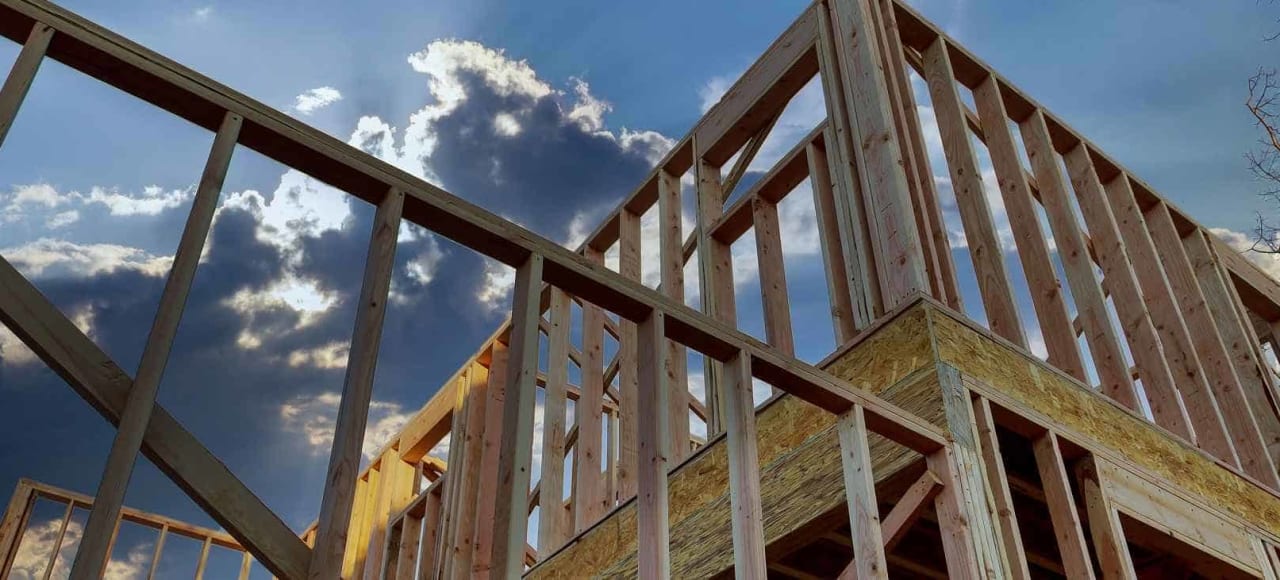Why use an indemnity clause?
Work in the construction industry typically involves a ladder of contracts between clients, contractors and subcontractors.
An indemnity clause allows each party to tailor the amount of risk they are willing to carry in each transaction and with each party (“apportioning liability”).
It also allows a party to protect itself from lawsuits that should be borne by another party.
What does an indemnity clause cover?
Most indemnity clauses require a party to “indemnify and hold harmless” another party for specified liabilities. The liabilities are limited to damages caused by or related to events such as:
- breach of contract;
- negligence;
- bodily injury or death;
- illegal acts, such as trespass or environmental offences;
- costs, charges, outgoing and expenses, such as legal costs;
- reduction in value; and
- taxes and interest payable as a consequence of a default.
The clause may exclude indemnification for damages caused by or related to gross negligence, improper use of products, and bad faith non-compliance with the contract.
An indemnity clause is found in standard form building contracts in Queensland.
The Queensland Building and Construction Commission’s standard form contract for new home construction states:
“The contractor indemnifies the owner against any legal liability to pay damages or compensation for damage to property or personal injury or death arising out of work under this contract except to the extent that such damage, injury or death results from or is contributed to by an act or omission by the owner.”
The Housing Industry Association (Queensland)’s equivalent contract states:
“The guarantor indemnifies the builder against any claim, loss or damage arising out of the subject matter of the contract caused by or resulting from any non-fulfilment of the owner’s obligations under the contract.”
“The owner indemnifies the builder against any liability, loss, claim or proceeding in respect of any injury to any person or any loss or damage to any property on the site to the extent that such injury, loss or damage is connected with the owner’s breach of this clause.”
“The builder is liable for and indemnifies the owner against any liability, loss, claim or proceeding in respect of:
(a) any person injury; or
(b) damage to any property real or personal,
which may be occasioned by or arise out of the carrying out of the works to the extent that it is due to the negligent or wilful act, omission or default of the builder or the builder’s contractors or employees (the “public liability risk”).”
How may an indemnity change the position at law?
Often an indemnity clause will shift the liabilities that parties have under common law. Some ways it may do this are listed below:
Remoteness
The wording of an indemnity clause may extend liability to loss or damage that is not usually recoverable for breach of contract, because the tests for remoteness and foreseeability do not apply. This means a claim can be made for loss or damage which was not contemplated by the parties at the time the contract was formed.
Limitation periods
An indemnity clause may extend a statutory limitation period within which a party must commence legal action.
Mitigation
A party is usually required to mitigate any loss suffered as the result of a breach of contract but an indemnity clause may be drafted in a way that allows a party to claim for losses even when they have not taken reasonable steps to mitigate the loss. A court will usually interpret an indemnity clause strictly so that it protects against only costs reasonably incurred; however, a party providing an indemnity should consider including a mitigation requirement in the clause.
Ongoing losses
A party may bring more than one claim for damages under an indemnity clause, as opposed to the ordinary “once and for all” approach to damages.
Third parties
An indemnity clause may be drafted to extend liability for losses caused by the acts and omissions of third parties.
Insurance
An indemnity clause may require loss or damage to be covered by an insurance policy. If a party wants to rely on another party’s insurance policy, the first party should ensure the coverage is adequate, valid for the contracted period, and that the party is named as an insured party in the policy.
It is important to note that an indemnity clause in a construction contract must comply with proportionate liability legislation. In Queensland, the Civil Liability Act 2003 (Qld) contains an express prohibition against contracting out of proportionate liability. This means that in a claim for property damage or pure economic loss, an indemnity clause will have no effect in reducing the extent to which a party is proportionately liable for another party’s loss.
Drafting an indemnity clause
An indemnity clause should be precise and drafted as narrowly as possible. It should be tailored to suit the particular circumstances of the parties and the construction project. As Giles JA stated in Erect Safe Scaffolding (Aust) Pty Ltd v Sutton (2008) 72 NSWLR 1:
“… the operation of any contractual indemnity must be found in the application to the facts of the relevant clause, construed as part of the contract as a whole. Decisions on the operation of contractual indemnities in different words in different contracts are likely to be of limited assistance.”[1]
The sources of potential loss or damage in a construction contract include defective work; damage to property; and injury to employees, subcontractors or the public.
The parties should also ensure the obligations under the clause can actually be met; a party may require a guarantor to back the indemnity, or insurance coverage.
How Gibbs Wright Litigation Lawyers can help
Discuss your building contract matter with our team of Building and Construction lawyers at Gibbs Wright Litigations today in a no-obligation, confidential consultation.
References
- (2008) NSWLR 1, 4. ↩︎




